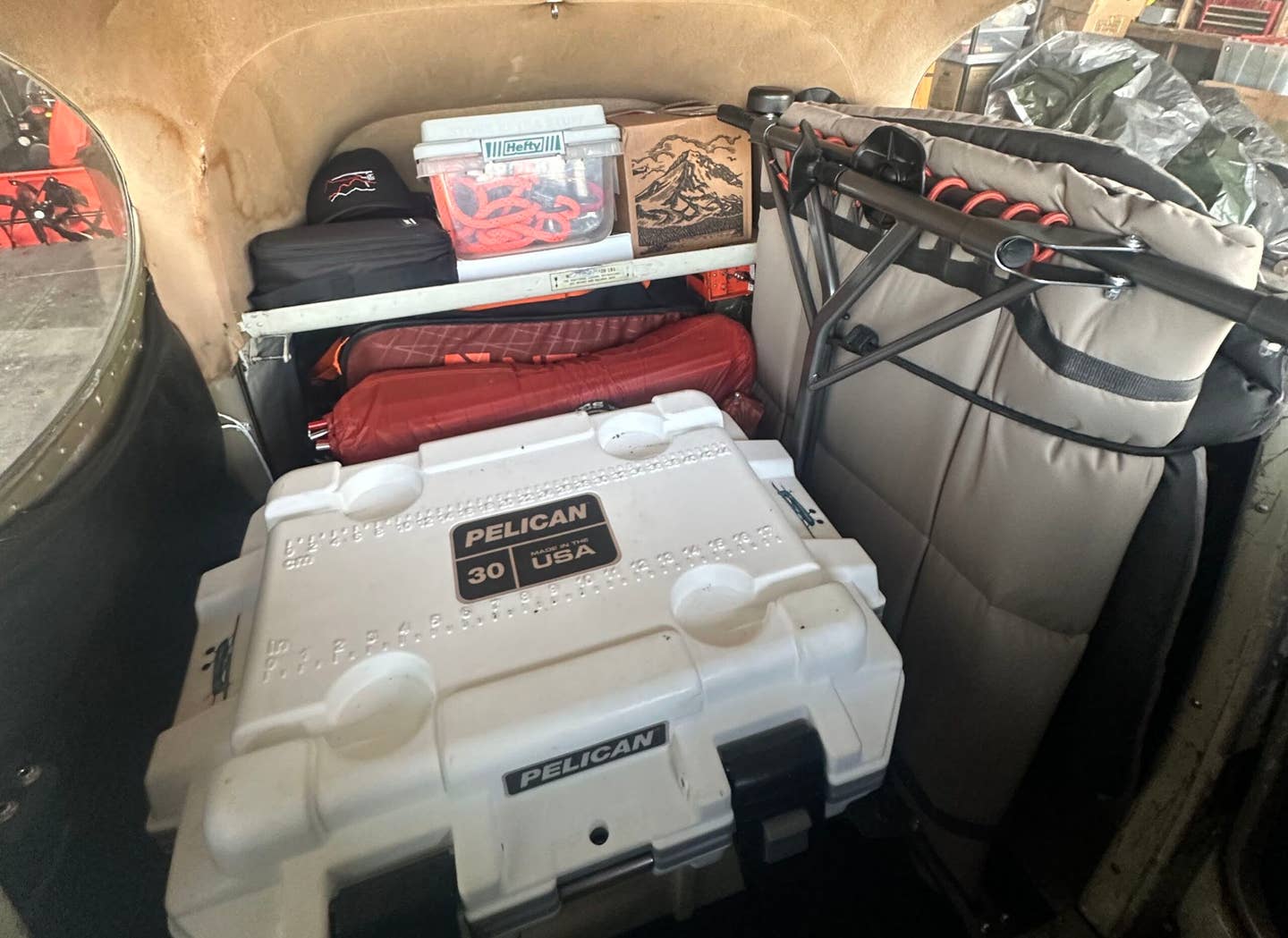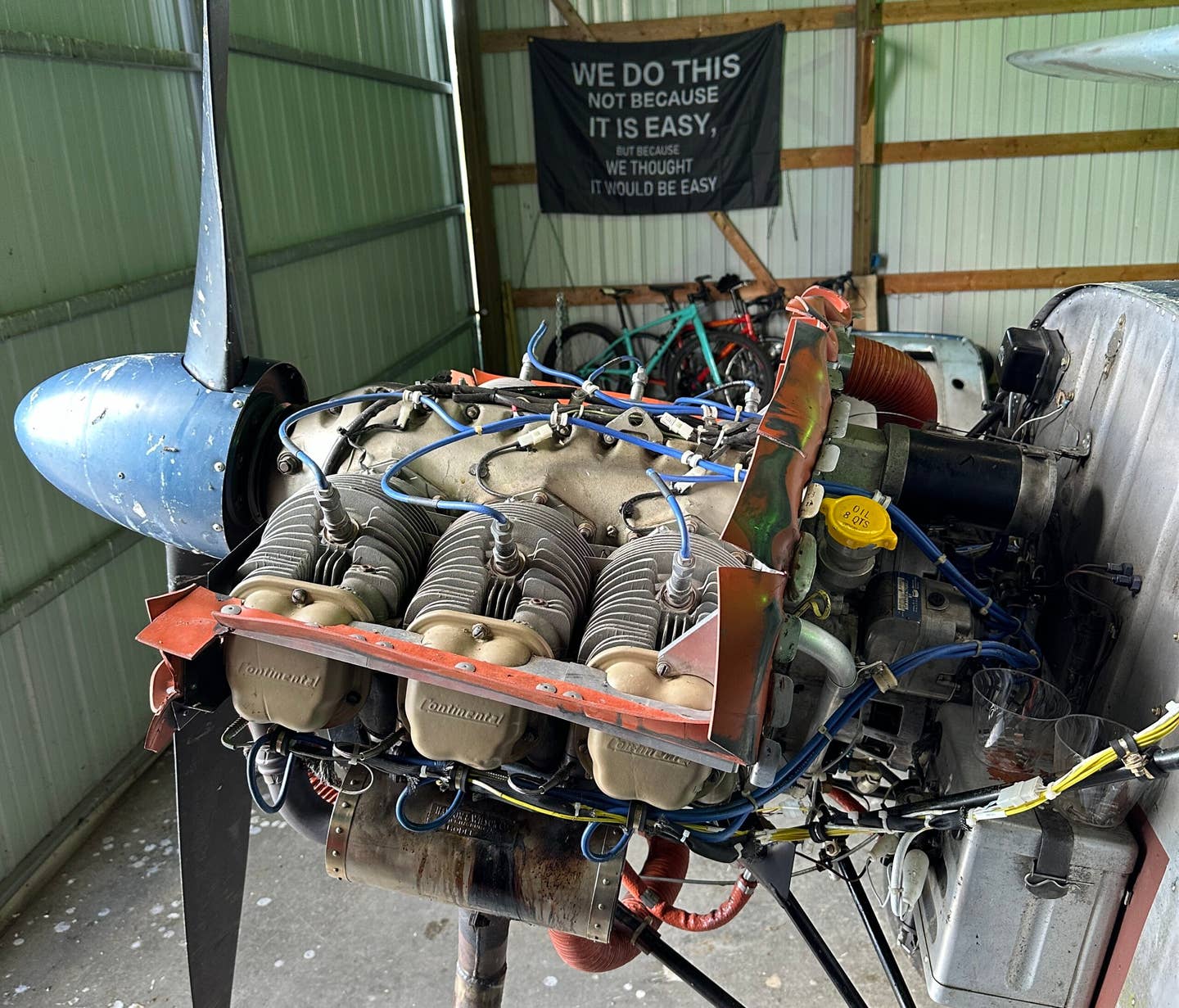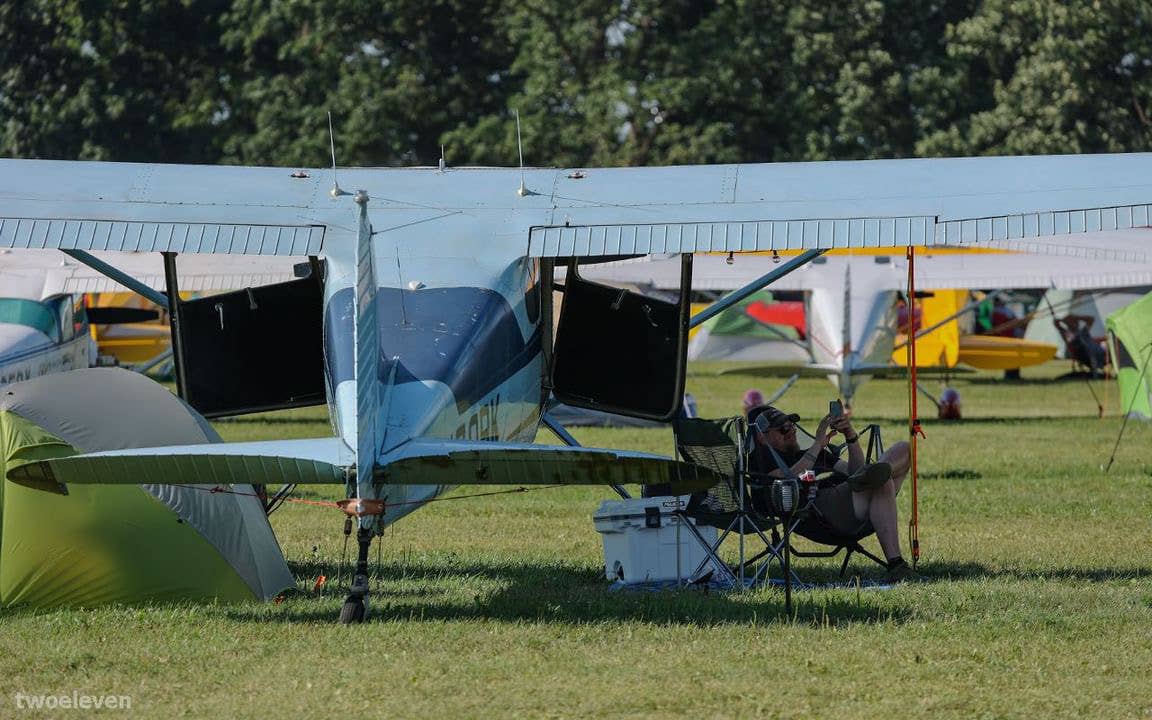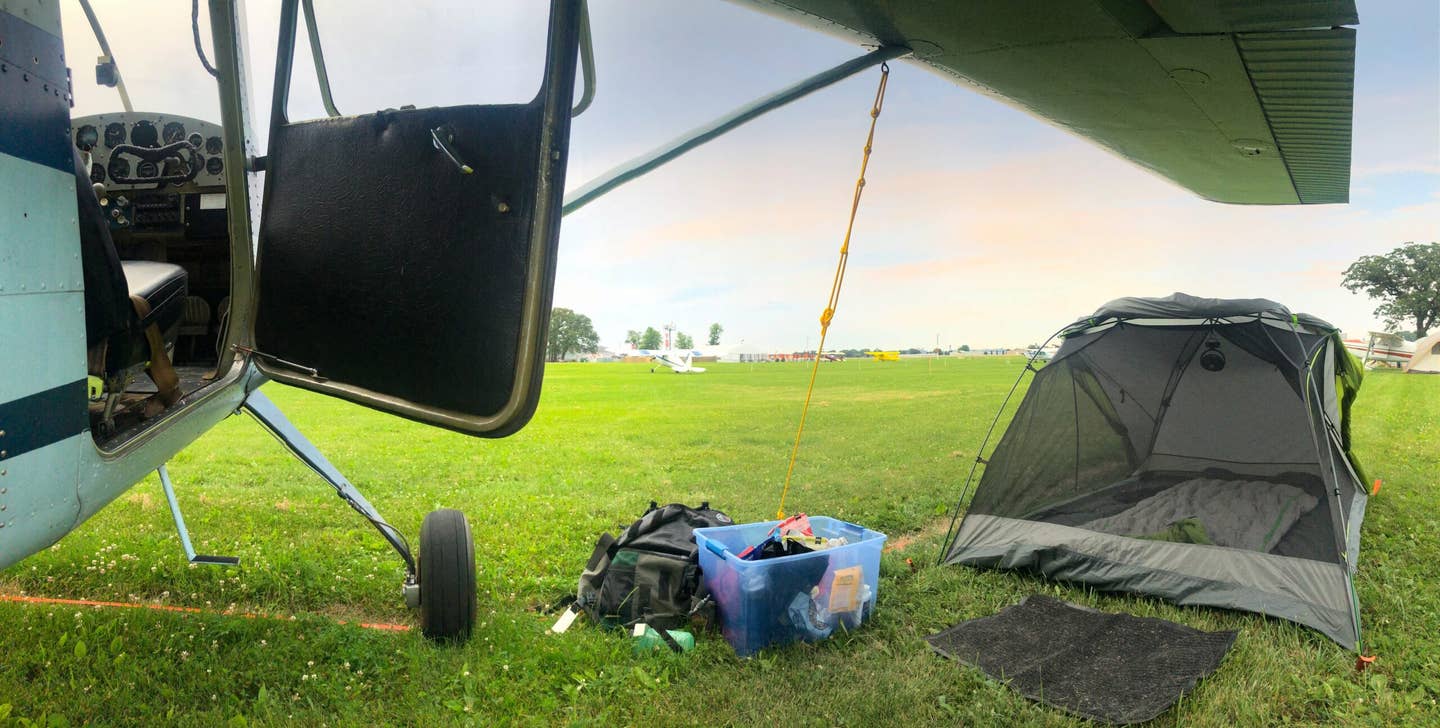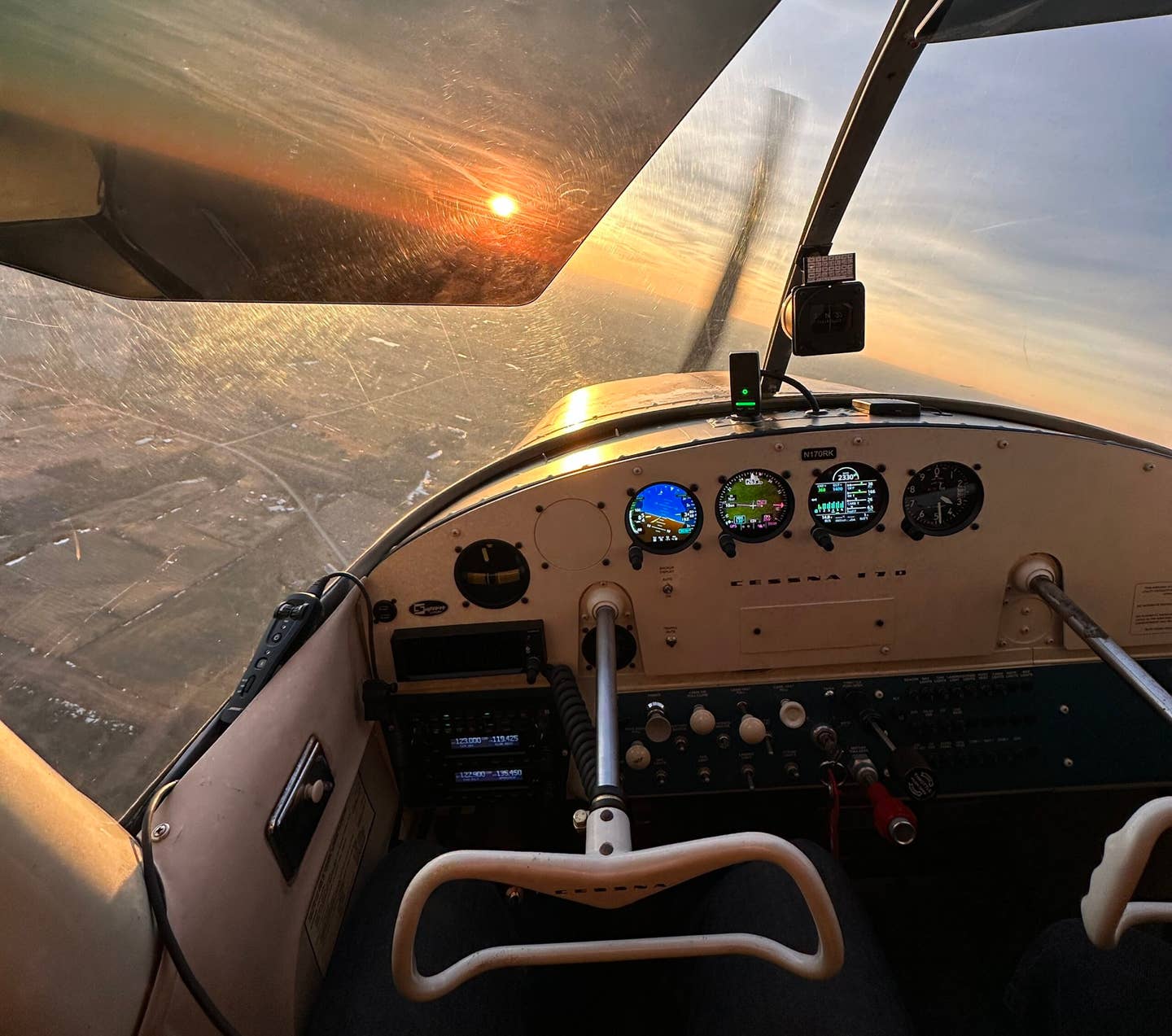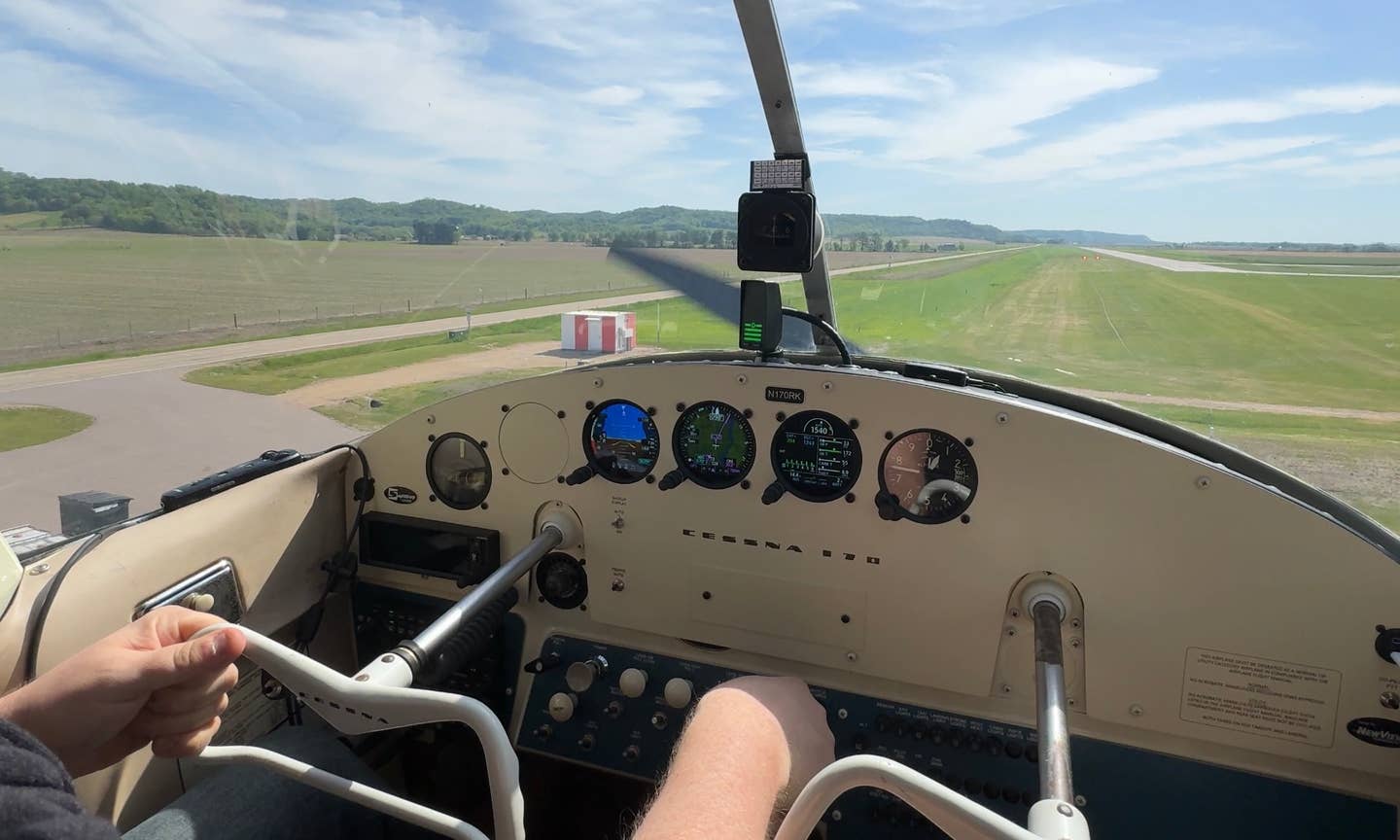Will This Perfect Day for Flying Go Unpunished?
The small tailwheel cut into the grass strip’s soft mud like a pizza cutter, leading to dreaded consequences.
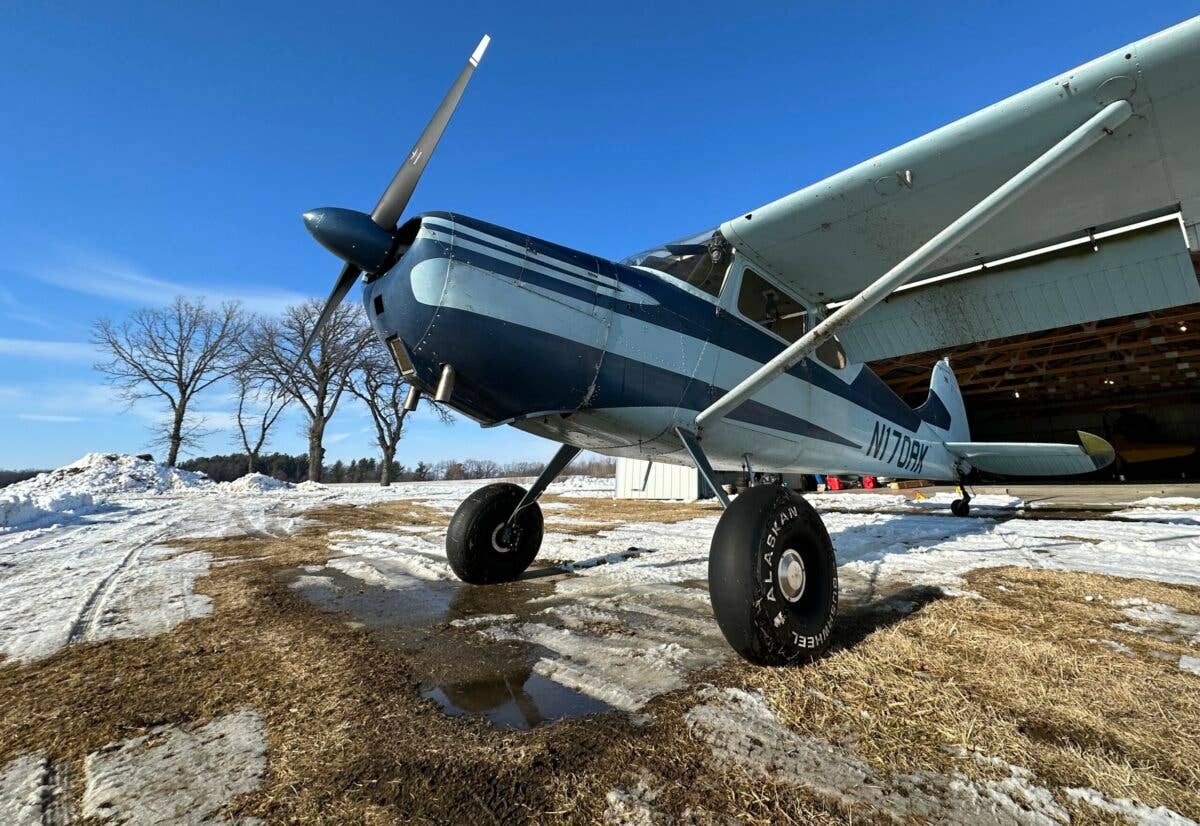
Blue sky, good. Soft, muddy, slushy ground, bad. [Credit: Jason McDowell]
In fifth grade, I got into trouble for fooling around and laughing with my friend in class. Somehow apathetic and unimpressed by the wonders of the second Continental Congress and calculating the area of parallelograms, he and I instead focused our in-class efforts on drawing sweet airplanes and hilarious comics. The latter produced laughter that simply could not be suppressed, which distracted the entire class.
Due to our status as repeat offenders, Mrs. Frye reacted swiftly and fiercely. She sent us both directly to the office, where the principal drafted official disciplinary letters to be taken home and signed by our parents. While I was ultimately able to successfully represent myself and avoid any harsh sentencing, the anticipation of punishment was both stressful and memorable.
Last week, decades after the incident, that long-forgotten feeling of dread resurfaced when I potentially damaged the grass runway at my home airport and once again found myself anticipating harsh punishment.
The weather had, over the preceding three weeks, been completely miserable and unfit for flying. If it wasn’t gale-force crosswinds, it was heavy snowfall or low ceilings with freezing precipitation. In other words, it had been a typical Wisconsin winter, and I was ready for some revenge flying the moment the weather improved.
Finally, a beautiful Sunday emerged. Brilliant blue sky and a mercifully light, warm breeze drew me to the airport with bright eyes and a bushy tail. Pulling into the airport, I saw the runway had been plowed. It was shaping up to be a perfect day for flying.
Then I turned into the hangar row and saw the carnage of sloppy, careless snow plow work. Though the runway had been nicely cleared, the areas in front of the hangars were littered with massive pools of mud, trenches of dirt, and haphazard snow drifts, some as tall as my car. It looked like the snowplow driver was attempting to fight off a family of rabid wolverines while operating the vehicle.
Coating my car in clumps of mud and nearly getting stuck, I finally made it to my hangar and surveyed the scene. The plow had apparently made just one pass in front of my hangar, leaving me with insufficient space to taxi. I had to get creative.
I hopped back into my car and spent the next 20 minutes driving back and forth across the fender-high snow drifts. Eventually, I was able to flatten them and create a path to the runway. I felt bad for subjecting my beloved Volkswagen GTI to such abuse, but I was motivated to fly.
With the big snow drifts out of the way, I was confident my problems were behind me. I had, after all, upgraded to 26” Alaskan Bushwheels last summer. While it would have been dangerous to taxi through frozen snow drifts over half their height, their floatation would make it possible to negotiate the muddy wasteland before me safely.
Sure enough, the taxi out went fine. The combination of slick tires and similarly slick mud and snow made it challenging to steer with any degree of precision, but I was able to remain stationary for the runup and avoid sliding into any tall drifts. I slithered out to the runway feeling simultaneously angry at the airport owner for his substandard plowing and victorious for conquering it.
The pattern work went fine, as well. I always feel rusty after three or more weeks without flying, but after the first landing, muscle memory had returned and I felt better. The only item of concern was a near-total lack of traction atop the wet, muddy grass. A light tap of a brake resulted in instant lockup with no perceptible change in speed or direction. Fortunately, the Cessna 170B lands slowly and I was able to maintain centerline reasonably well. The biggest challenge was getting turned around for each backtaxi.
After hammering out a number of landings, I decided not to press my luck any further and started to work my way through the slop and back to my hangar. This took twice as long as normal due to ineffective differential braking, but I made it safely. Best of all, the airplane was intact.
The runway, however, was not.
As expected, my big tundra tires and their 8 psi of pressure left virtually no imprints on the ground. But the standard, everyday tailwheel acted like a pizza cutter. Like a grotesque, real-life Flightaware track, each landing and backtaxi was marked with a vivid black trench where the tailwheel had carved its signature deep into the soft ground.
I quickly looked around to see if anyone was present to identify me as the guilty party. The coast was clear. With unprecedented speed and efficiency, I pulled the plane back into the hangar and buttoned everything up. A rooster tail of mud behind my VW marked my departure, and I headed home at a brisk pace.
As of this writing, I’m facing one of two scenarios. Either the airport owner doesn’t care about tailwheel trenches, in which case I’m home free. Or he does, and I stand to incur his wrath the next time he spots me out at my hangar. If the latter scenario occurs, I will admit my shortsightedness and will face my punishment without complaint. Either way, I’ll tell him about it since it’s the right thing to do.
Until then, the anticipation of my fate takes me right back to fifth grade, where I once again envision worst-case scenarios and prepare for my day of reckoning.

Subscribe to Our Newsletter
Get the latest FLYING stories delivered directly to your inbox

